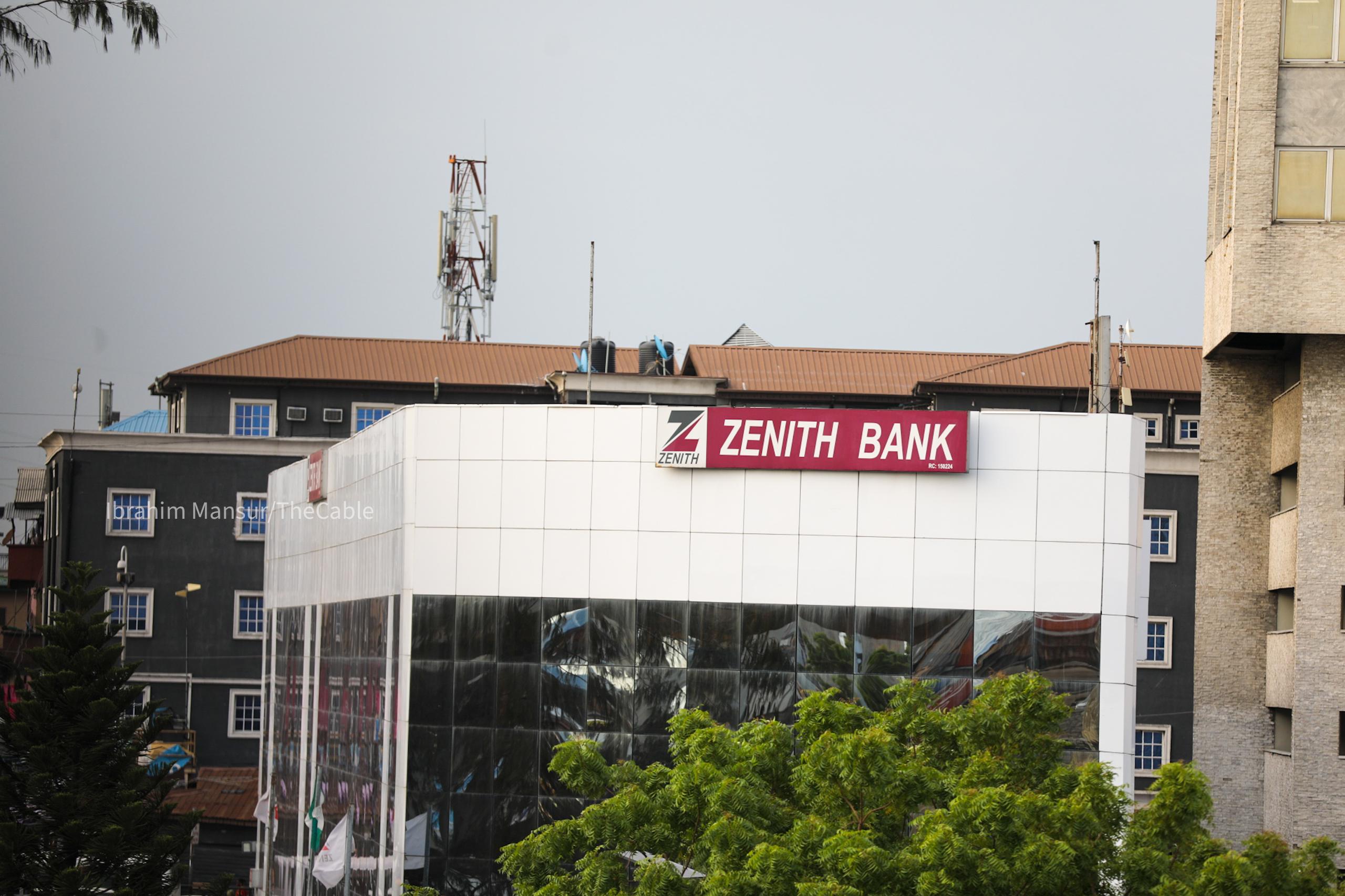Drone Components - Global Stategic Business Report
The global market for Drone Components was estimated at US$41.1 Billion in 2024 and is projected to reach US$93.6 Billion by 2030, growing at a CAGR of 14.7% from 2024 to 2030. This comprehensive report provides an in-depth analysis of market trends, drivers, and forecasts, helping you make informed business decisions. The report includes the most recent global tariff developments and how they impact the Drone Components market.
The global drone components market is rapidly expanding, fueled by the explosive growth in drone applications across various industries, from agriculture to logistics to defense. At the heart of this transformation are the critical components that constitute the drone ecosystem: propulsion systems, flight controllers, batteries, sensors, cameras, communication modules, and structural airframes. Advances in materials science have enabled the production of lighter and stronger drone frames, while improvements in battery chemistry especially the shift from lithium-ion to lithium-silicon and solid-state variants are significantly enhancing flight duration and load capacity. Miniaturization of sensors and electronics has also allowed for more compact designs without sacrificing performance. As drones evolve from recreational gadgets to industrial tools, the demand for reliable, high-performance components continues to surge. These technological developments are enabling drones to fly longer, navigate more accurately, and perform more complex tasks with increasing autonomy and safety.
Industrial end-users are no longer satisfied with off-the-shelf drone solutions they are demanding customizable and application-specific components. Whether it's multispectral sensors for precision agriculture, thermal imaging for firefighting, or LiDAR systems for surveying, the industry is seeing a strong pivot toward modular drone architectures. This customization trend is driving innovation in component design, pushing manufacturers to offer flexible and scalable systems that can be tailored for niche tasks. In the logistics sector, for example, demand for drones capable of payload optimization has led to the development of lighter motors and aerodynamic designs. Similarly, the film and media industry requires drones with ultra-stable gimbals and 4K or 8K video recording capabilities. This application-driven evolution is significantly shaping the component manufacturing landscape, encouraging suppliers to diversify and specialize in order to stay relevant in an increasingly segmented market.
Military and defense applications remain one of the most significant drivers for high-end drone component demand. Defense agencies around the world are investing in next-generation unmanned aerial vehicles (UAVs) for surveillance, reconnaissance, and combat missions. These applications require rugged components capable of performing in extreme environments be it arctic conditions, desert heat, or high-altitude operations. As a result, there's heightened interest in developing heat-resistant materials, high-efficiency propulsion systems, and secure communication modules with anti-jamming capabilities. Additionally, the rising importance of swarming technology where multiple drones operate in coordinated units demands synchronized control systems and robust onboard AI processors. Governments are funding R&D efforts focused on enhancing autonomy, stealth, and interoperability of drone systems, and this is creating ripple effects across the component supply chain. Defense contracts not only offer financial scale but also set technical benchmarks that spill over into commercial and industrial drone markets.
The growth in the drone components market is driven by several factors. Key among these is the expanding range of drone applications across agriculture, mining, infrastructure inspection, logistics, and defense, which is stimulating demand for specialized, high-performance components. Technological advancements in battery energy density, sensor miniaturization, and materials engineering are enabling more capable and efficient drones. Additionally, the trend toward modular drone design is encouraging component manufacturers to develop plug-and-play solutions that can be easily integrated or upgraded based on user needs. From a consumer behavior standpoint, increased comfort with unmanned systems and a rising appetite for automation are also boosting drone adoption. On the industrial front, the growing use of drones for data collection, delivery, and operational efficiency is reinforcing the need for reliable and scalable components. Regulatory frameworks are also gradually becoming more favorable, offering clear guidelines for component certification, thereby facilitating faster market entry for new technologies. Together, these forces are propelling a dynamic and competitive drone components market.
Table of Contents
I. METHODOLOGYII. EXECUTIVE SUMMARY
1. MARKET OVERVIEW
2. FOCUS ON SELECT PLAYERS
3. MARKET TRENDS & DRIVERS
4. GLOBAL MARKET PERSPECTIVE
III. MARKET ANALYSIS
UNITED STATES
CANADA
JAPAN
CHINA
EUROPE
FRANCE
GERMANY
ITALY
UNITED KINGDOM
SPAINRUSSIAREST OF EUROPE
ASIA-PACIFIC
AUSTRALIA
INDIA
SOUTH KOREAREST OF ASIA-PACIFIC
LATIN AMERICA
ARGENTINABRAZILMEXICOREST OF LATIN AMERICA
MIDDLE EAST
IRANISRAELSAUDI ARABIAUNITED ARAB EMIRATESREST OF MIDDLE EAST
AFRICA
IV. COMPETITION
Companies Mentioned (Partial List)
A selection of companies mentioned in this report includes, but is not limited to:
- IXYS Corporation
- Kespry Inc.
- Microdrones
- Parrot SA
- Quantum-Systems GmbH
- Sky-Watch A/S
- Skydio Inc.
- Yuneec International
- senseFly SA
Table Information
| Report Attribute | Details |
|---|---|
| No. of Pages | 297 |
| Published | June 2025 |
| Forecast Period | 2024 - 2030 |
| Estimated Market Value ( USD ) in 2024 | $ 41.1 Billion |
| Forecasted Market Value ( USD ) by 2030 | $ 93.6 Billion |
| Compound Annual Growth Rate | 14.7% |
| Regions Covered | Global |












